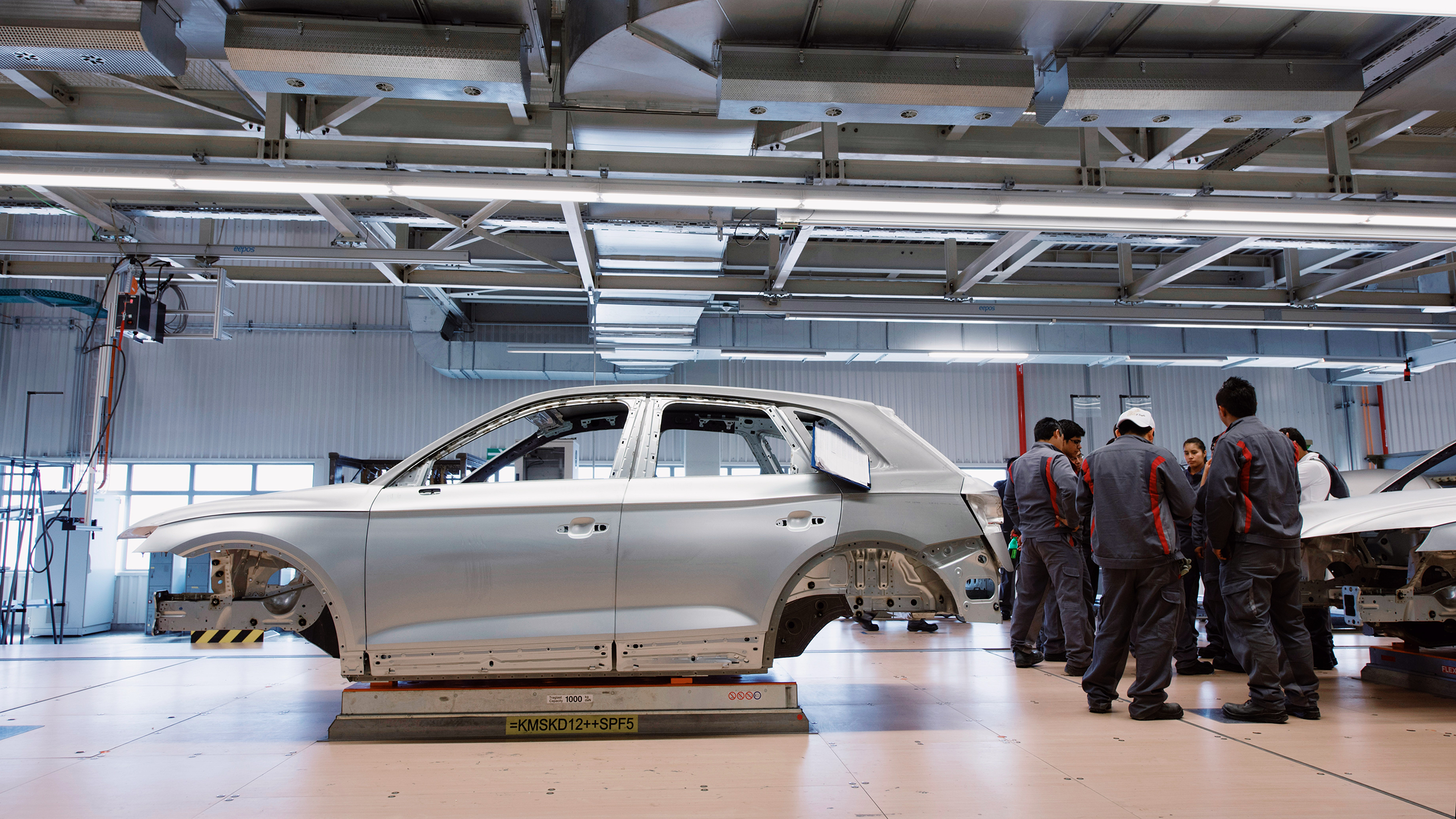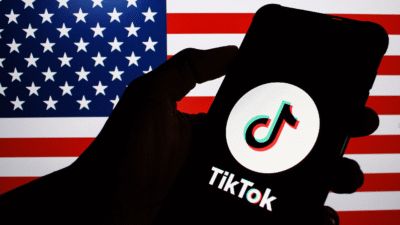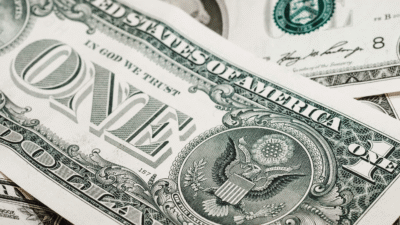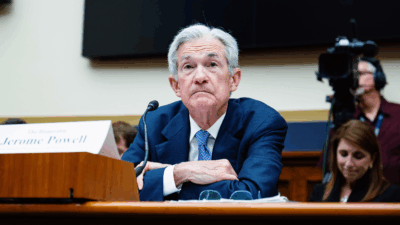Can the Automotive Industry Survive the Trade War?
Here’s the bad news: Auto manufacturing is a notoriously thin-margin industry, and tariffs could tear right through those margins.

Sign up for smart news, insights, and analysis on the biggest financial stories of the day.
Trump’s tariffs have arrived. The Dow Jones Industrial Average has fallen by some 1,000 points in two days. Canada has instituted retaliatory tariffs of its own, and Mexico says it will do so by Sunday.
In other words, the trade war is finally hot. And one industry in particular seems caught in the crossfire: automaking. Can the industry shift out of its peacetime gear?
Brake Check
Here’s the bad news: US automotive manufacturing is very diffuse, and very international. Individual component parts can cross the Mexican and Canadian borders as many as seven or eight times before being installed on the final assembly line — meaning they will trigger multiple rounds of 25% tariffs. “The supply chains are all international and intertwined,” Todd Cassidy, managing director at investment bank Brown Gibbons Lang & Company, told The Daily Upside, saying the state of the industry is the result of a multi-decade alignment of supply chains.
The even-worse news: Auto manufacturing is a notoriously thin-margin industry, and tariffs could tear right through those margins. The Alliance for Automotive Innovation — a.k.a. the industry’s biggest trade group — says companies could raise the sticker price of some models by 25% to offset the new import taxes, which it said will also probably impact vehicle availability. Key parts supplier Forvia, which counts Tesla, Stellantis, and BYD as clients, said tariffs could raise its annual costs by €450 million; its cash flow last year was just €655 million.
The very slight bit of good news for the industry: Cars largely remain a necessity in American life, financing could blunt sticker shock, the industry has been here before — and the tariffs may not last forever:
- “The industry faces shocks all the time,” Cassidy said. “Last month, we had chip shortages. We had container costs that were crazy high that lasted for months. Those things all work themselves through the system. The end consumer doesn’t always notice them.”
- And the tariffs may not be here long anyway. In an appearance on Fox Business on Tuesday afternoon, Commerce Secretary Howard Lutnick said that the tariffs could be rolled back, partially, by as soon as…today.
Down the Road: So in the short term: Consumers are likely to feel the pinch, which could show up as lower sales in the next batch of earnings reports. In the long term? Treasury Secretary Scott Bessent pointed in a Fox News interview Tuesday morning to Honda’s decision to move production of its Civic model from Mexico to Indiana as proof of tariffs’ power to incentivize near- and reshoring. But reshoring entire supply chains is likely a multi-decade endeavor. “The US simply doesn’t have the required infrastructure to vertically integrate the manufacturing process fully,” Jason Clark, Global SVP of Manufacturing and Energy at supply chain software firm Exiger, told The Daily Upside. “This would require an enormous amount of capital and advances in automation to be cost-competitive globally.”











